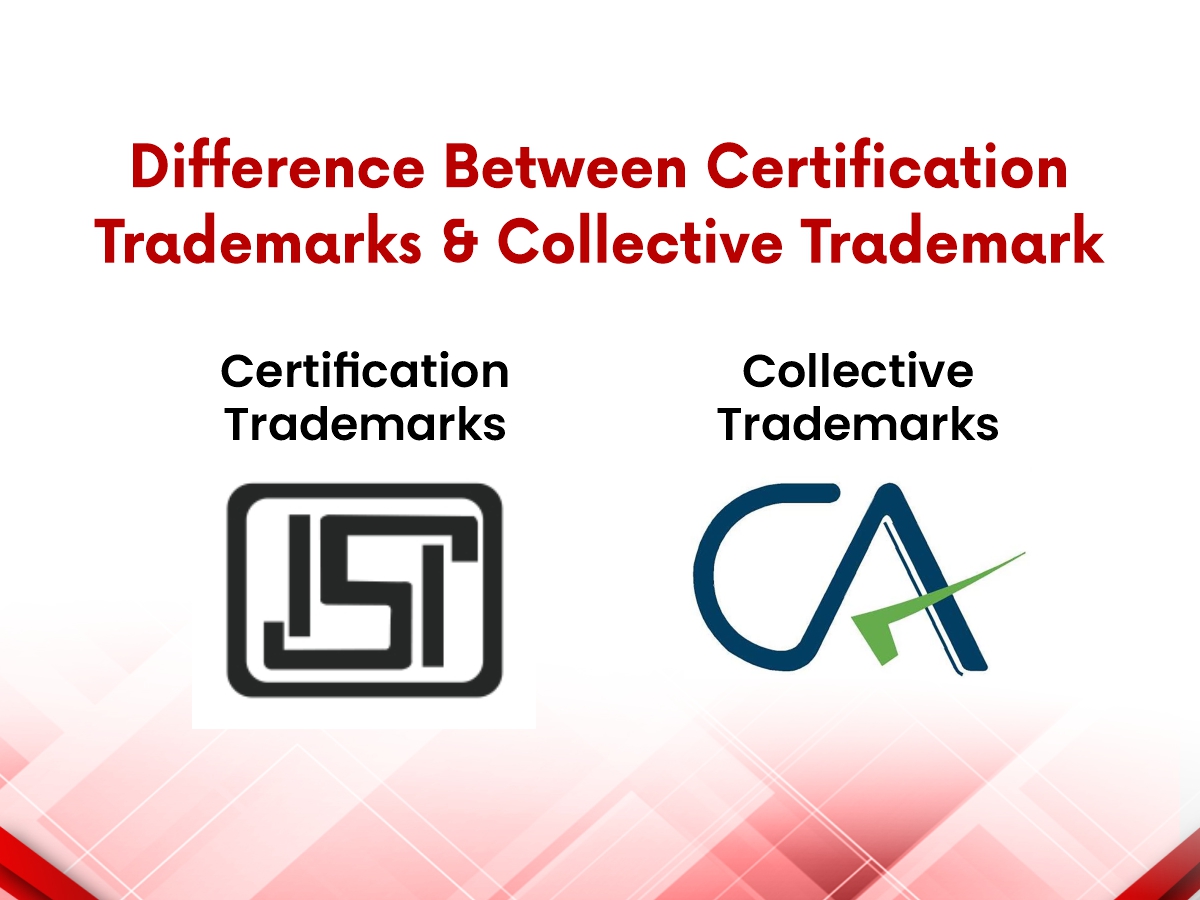
It is special kind of trademark which belongs to group, individuals or association.
A collective trademark distinguishes the goods or services of members of the organization that owns the mark, it can be a logo, word, symbol, picture or combination.
A collective mark’s significant benefit is that it is used to indicate that goods or services come from a member of a specific organization. It acts as a membership symbol.
Collective trademarks are essential for safeguarding intellectual property rights over products and services, distinguishing authentic from counterfeit items, and assisting consumers in making informed decisions.
A group of traders or sellers can utilize a collective trademark if the vendor is a member of the organization or association that issued the collective trademark.
Certification trademarks differ from collective trademarks. The major distinction between collective trademarks and certification marks is that collective marks can only be used by a specified group of businesses (for example, members of an association) but certification marks can be used by anyone who meets the requirements/standards set by the certification mark’s owner. Quality is presented through certification marks, whereas collective marks give both quality and source.
FTD® is a commercial collective mark used by florists who are members of the Florists’ Trans world Delivery Association.
CII (Confederation of Indian Industry)
100% Recycled Paperboard®, registered by Recycled Paperboard Alliance, Inc.
Certification marks are registered by the owner, whereas collective marks are registered by association of people. Collective marks work in the same way that trademarks or service marks do.
The cooperative can apply to the Patent and Trademark Office to register their collective mark.
When assessing disclaimers and descriptiveness, the examiner will use the same rules and guidelines that he or she applies to other sorts of marks. However, collective mark registration applications differ from trademark and service mark registration applications because collective trademarks are owned and used differently than trademarks and service marks.
Collective Trademarks and Service Marks
These marks identify the source of the products and services sold by the collective’s members while also distinguishing them from competitors. It is the members of the collective who sell the products or services, not the collective itself. The items under the marks can only be advertised by the collective’s members.
Girl Scout cookies are a perfect example. “Girl Scouts” is a collective trade mark that may only be sold by members of the Girl Scouts.
Collective Membership Marks
The primary function of collective membership marks is to indicate involvement in a collective group. Organizations usually register their group name to prevent non-members from using it. In order to identify the source of their goods or service, the collective does not utilize the mark in business.
The mark must be widely used by the collective’s members in order to be registerable. Members can demonstrate their membership by using the mark on their membership cards, wall plaques, or rings. The mark is not a collective membership mark if it is just used once in a while or by a few members of the group.
Membership in the American Automobile Association is indicated by the symbol AAA® inside an oval.
© Copyright 2024 – Wissen Research All Rights Reserved.